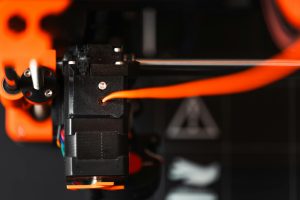I bloody hate AI.
Navigating the Challenges of AI Detectors in Academic Writing
In today’s academic landscape, the integration of artificial intelligence has brought both opportunities and obstacles. Recently, I encountered a perplexing situation that challenged my understanding of AI’s role in academia. While crafting an English essay, confident in its originality—written entirely without AI assistance—I was taken aback when an AI detection tool flagged my work as 79% AI-generated. The proximity to the submission deadline left me with no time to address the issue, so I submitted my essay and hoped for the best.
A week later, I found myself summoned by the deputy principal, who informed me that my essay had been flagged for potential AI use. Despite my earnest attempts to explain the authenticity of my work, their stance remained unwavering, leading to a disappointing zero on my assignment. It was a frustrating experience, especially when I knew the work was entirely my own.
Fortunately, amid the confusion, I remembered a crucial feature: the version history of my document. Presenting this evidence of my writing process finally brought clarity to the situation. The school apologized, and I was ultimately awarded a well-deserved 93. Although the matter was resolved, the ordeal raised important questions about the reliability and accuracy of AI detectors in academic settings.
This experience has left me wondering about the mechanics behind AI detection tools. How do they determine the likelihood of AI-generated content, and how can one write authentically without being mistaken for AI? Finding strategies to ensure that original work is recognized for its true value is essential.
If anyone has insights or advice on how to navigate these AI detection tools effectively, your suggestions would be greatly appreciated.
Thank you in advance for your help.














Post Comment